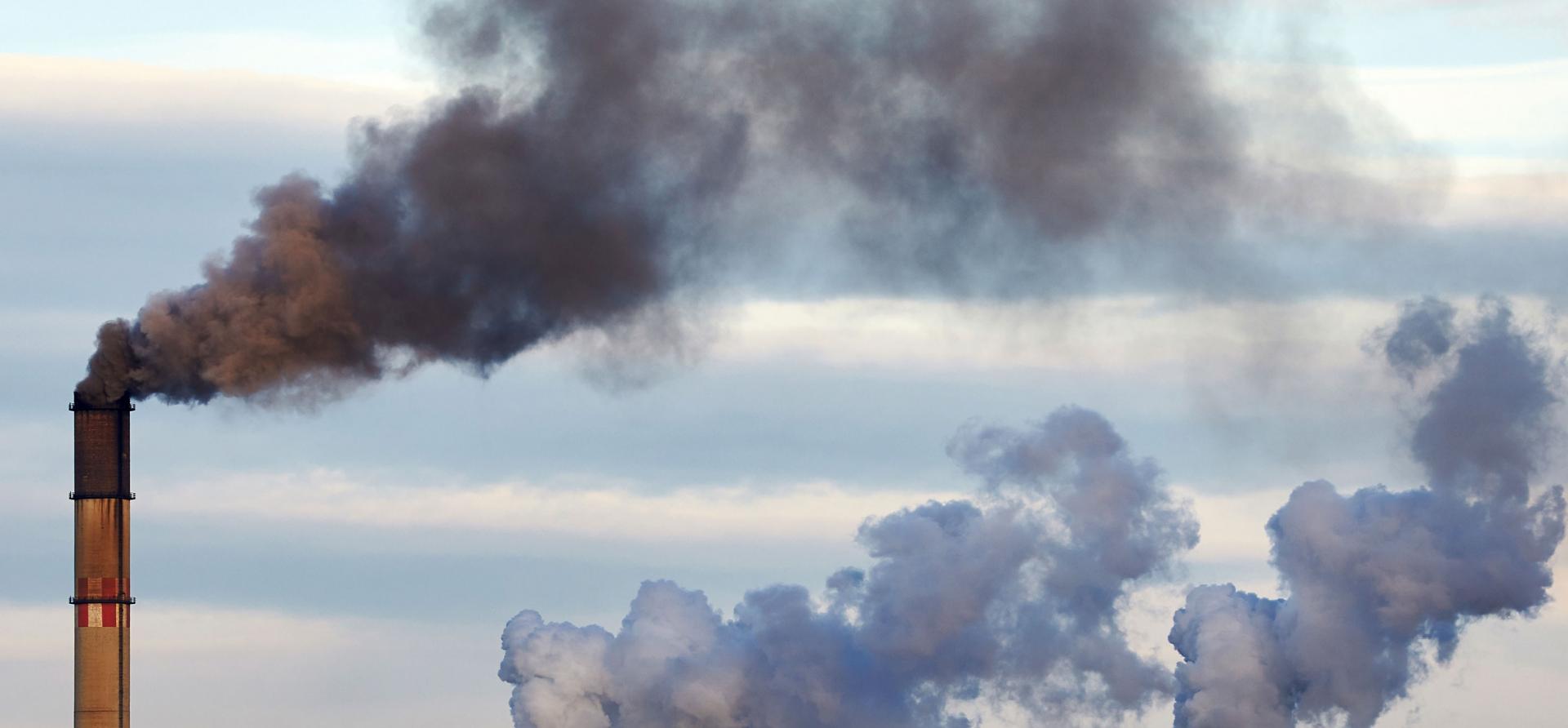Why carbon capture and storage is not the solution

Key Findings
Carbon capture and storage (CCS) continues to be hailed as a potential way to reduce emissions, even though it is more likely to increase them.
CCS was originally devised to support oil and gas extraction, and has a long history of under-achievement in combatting emissions, which is unlikely to change in the foreseeable future.
The fossil fuel sector’s promotion of CCS is aimed at maintaining oil and gas production, perpetuating emissions that would be more effectively addressed by a move to cleaner forms of energy generation.
This analysis is for information and educational purposes only and is not intended to be read as investment advice. Please click here to read IEEFA Australia’s full disclaimer.
Carbon capture and storage (CCS) has often been hailed as a potential game-changer in the fight against climate change, but its history is full of over-promising and under-delivering, and this is unlikely to change in the foreseeable future. Yet it is still included in government policies to reduce greenhouse gas (GHG) emissions, even though the reality is it is more likely to increase them.
CCS involves capturing carbon dioxide (CO2) emissions from oil and gas reservoirs or large industrial sources and storing them underground to prevent their release. Many oil and gas companies cite CCS as a key part of their strategy to reduce emissions and achieve net zero, over varying time periods. However, for oil and gas extractors it only means burying a small proportion of their total emissions from each gas or oil field.
For gas companies, CCS means removing the CO2 contained in the gas field; this is known as Scope One emissions and often represents well under 10% of the total emissions associated with each gas project. It rarely involves the burying of Scope Two emissions, which is the CO2 created when gas is processed at the downstream gas plant, cleaning it up by removing impurities such as CO2 and nitrogen, before it is sold on the domestic market, or chilled to create liquefied natural gas (LNG) for shipping to global export markets.
The majority of GHG emissions from gas projects are created when the gas is combusted or burnt by consumers for heating or cooking, as a feedstock for industry, or generating electricity. None of these emissions, categorised as Scope Three, are captured by CCS facilities, and they represent around 90% of the emissions from a gas project.
Essentially, CCS is being used as a way to boost oil and gas production, legitimised by the claim that it is all in the pursuit of lower emissions. The net zero targets for fossil fuel companies are largely confined to Scope One and Two emissions, with Scope Three excluded even though it accounts for the majority of the emissions from every oil and gas project.
The concept for CCS originated from a desire to extract more oil from very depleted oil fields. Producers saw that CO2 could be pumped into the oil field to extract the last remnants of oil there. This process is known as enhanced oil recovery (EOR), and it has been around for more than 50 years after it was first deployed in the US during the 1970s.
The majority of projects that are termed CCS or CCUS (carbon capture, utilisation and storage), are EOR ventures. This means the focus is more on extracting more oil or gas rather than storing CO2 underground, which means pumping more emissions into the atmosphere.
To put into perspective the challenge involved, global energy-related CO2 emissions rose by 410 million tonnes (mt) to reach a new high of 37.4 billion tonnes in 2023. Meanwhile, after 50 years of trying, the capacity of CCS dedicated to the geological storage of CO2 was only 11.33 million tonnes per annum (mtpa), and the amount of CO2 injected was below capacity levels.
The Gorgon CCS venture is part of the 15.6mtpa Gorgon LNG project operated by Chevron and located on Barrow Island offshore Western Australia. According to the Global Status of CCS report, published each year by industry group the Global CCS Institute (GCCSI), the Gorgon CCS project only injected 1.72mt of CO2 into storage in the 2022-23 fiscal year to 30 June, or 43% of the targeted annual CO2 injection volume of 4mtpa.
Based on the Gorgon experience, it can be concluded that less than 10mtpa of CO2 was injected in 2023 – or 0.00026% of global energy-related emissions last year.
Despite the abysmal record of CCS, the major fossil fuel companies are still advocating for it. Chevron says on its website: “CCS is a proven technology for reducing greenhouse gas emissions (GHG). It’s critical to a lower carbon future and essential to achieving the net zero goals of the Paris Agreement.”
Given that it has taken around 50 years to capture less than 10mtpa of CO2, it is going to take a heroic technical effort to meaningfully reduce the 37 billion tonnes of CO2 being pumped into the atmosphere each year, and a gargantuan sum of money to build the CCS facilities. Chevron and its Gorgon CCS partners have invested more than AU$3.2 billion in the Gorgon CCS project to bury a total of around 9.5mt of CO2, which equates to a cost of AU$336.8 to bury a tonne of CO2. Apply that to the 37 billion tonnes of CO2 of energy-related emissions each year, and the cost is in the trillions.
The promotion of CCS by the fossil fuel sector aims to maintain business as usual, not to reduce production of oil and gas, meaning emissions of this scale will continue into the future. A cheaper option to reduce emissions is to move to cleaner forms of energy production.
This article was first published in Eco-Business.














